10 Food Storage Mistakes That Waste Money & 10 Professional Organization Hacks
10 common food storage mistakes that you may be making and 10 ways that you can organize your kitchen like a professional.
- Daisy Montero
- 5 min read
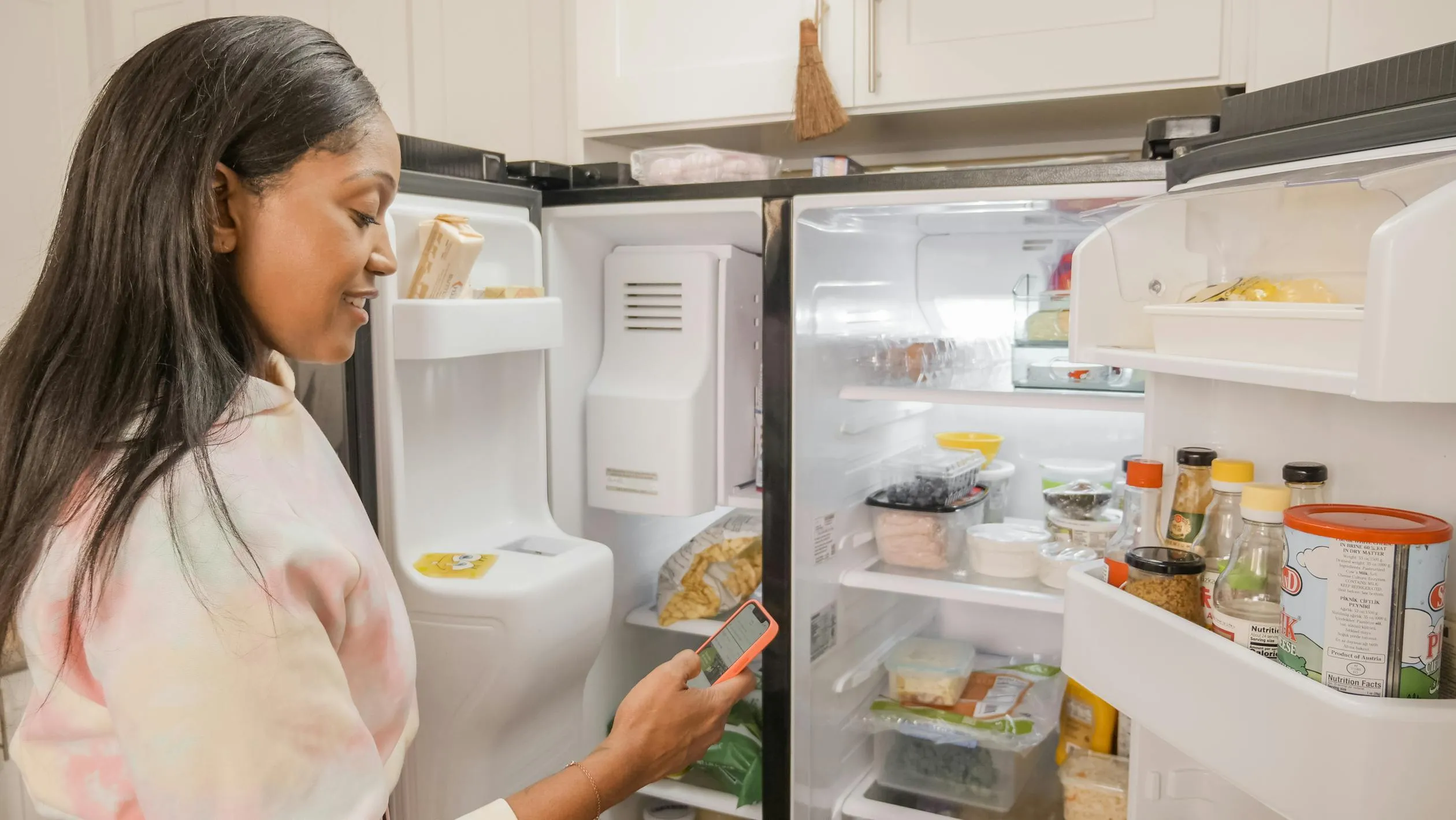
We’ve all been there, battling the sudden urge to throw away food before we even get to it. But what if a few minor adjustments could save you cash and hassle? These are practical organization hacks from professionals to keep your kitchen efficient, clutter-free, and fresh. These insights will help you create a more organized kitchen while maximizing food shelf life.
1. Overcrowding the Fridge
 Ron Lach on Pexels
Ron Lach on Pexels
Overloading your fridge causes improper air circulation, which leads to uneven cooling. This can result in spoiled food hidden behind other items for better airflow and cooling.
2. Forgetting About Leftovers
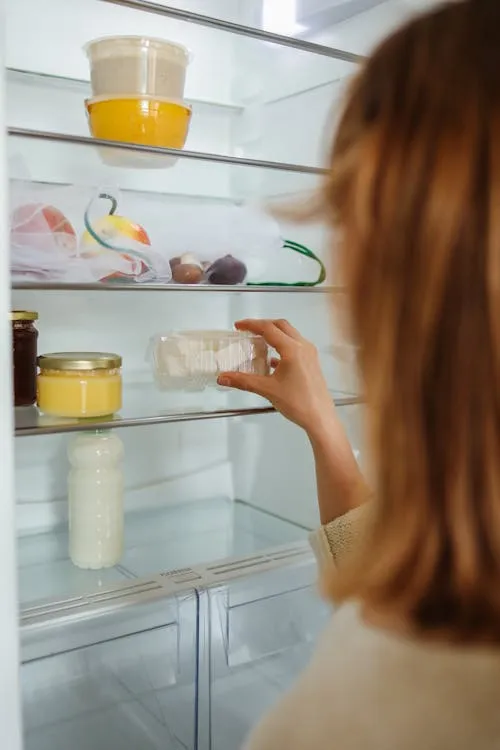 Polina Tankilevitch on Pexels
Polina Tankilevitch on Pexels
Leftovers can sometimes be neglected, especially when we don’t feel like eating them again the next day. They tend to be pushed to the back of the fridge and forgotten. This habit is a waste of money and resources.
3. Improper Produce Storage
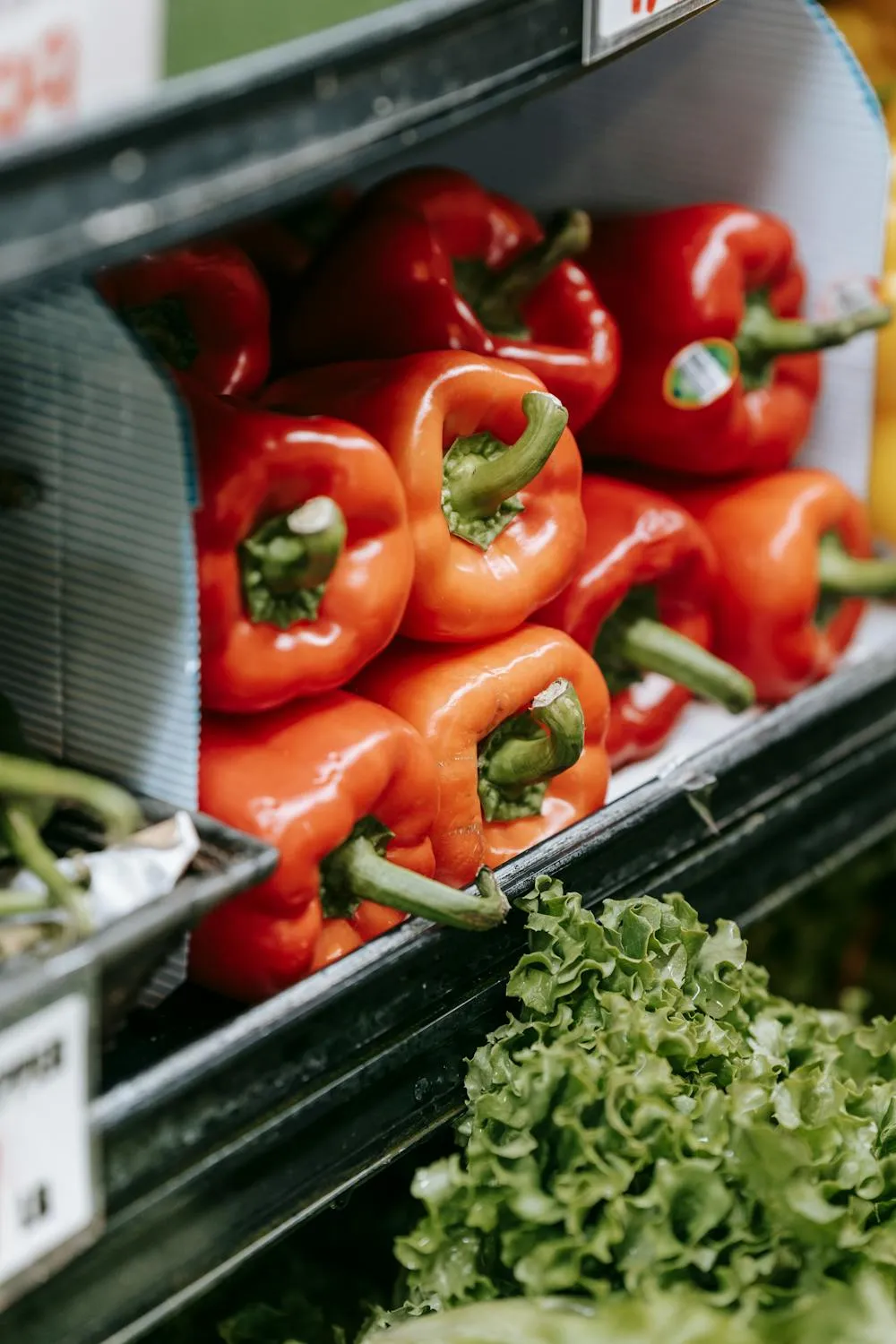 Michael Burrows on Pexels
Michael Burrows on Pexels
Storing fruits and vegetables in sealed plastic bags can trap moisture and will eventually turn into spoilage. This happens when you have no time to unpack your groceries and just put everything inside the fridge.
4. Ignoring Expiration Dates
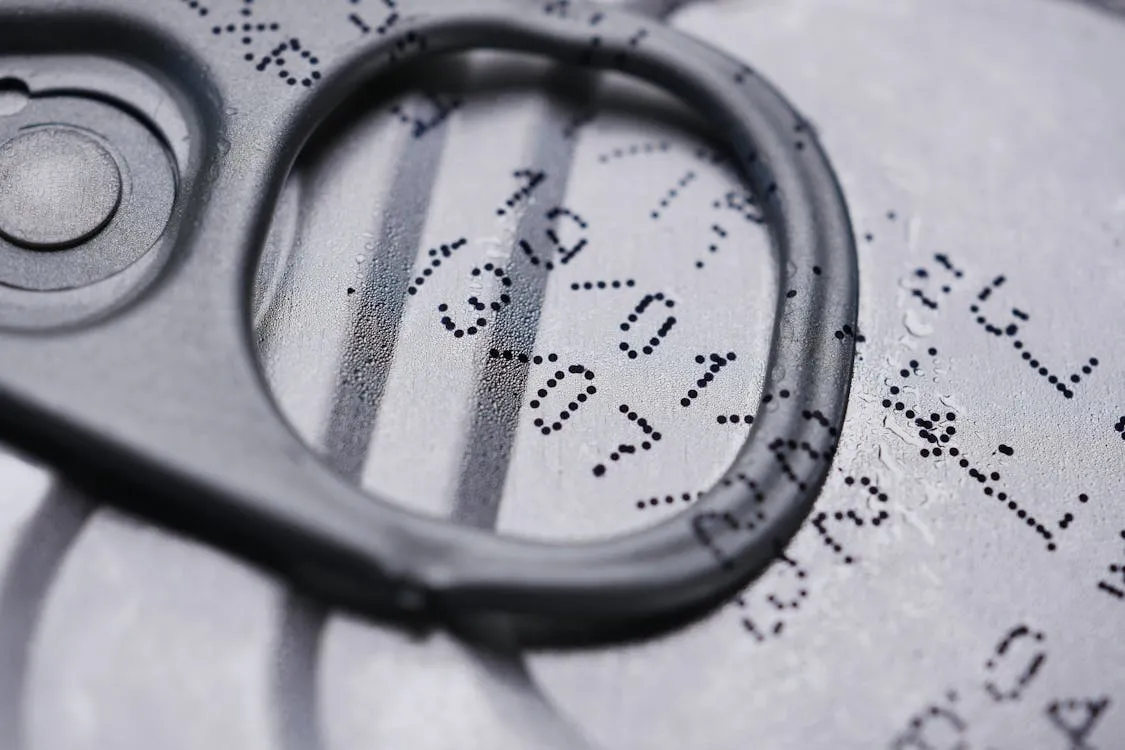 Towfiqu barbhuiya on Pexels
Towfiqu barbhuiya on Pexels
Expiration dates indicate food freshness and whether something is safe to consume. Ignoring these dates can lead to spoiled food, wasted money, and, above all, compromised health.
5. Storing Bread in the Fridge
 Ron Lach on Pexels
Ron Lach on Pexels
Keeping bread in the fridge may seem ordinary and customary to some people, but it dries out faster. As much as possible, we want our bread to be fresh and not dry and saggy. Store bread in a cool, dark place, or freeze it if you need to keep it longer.
6. Incorrect Fridge Temperature
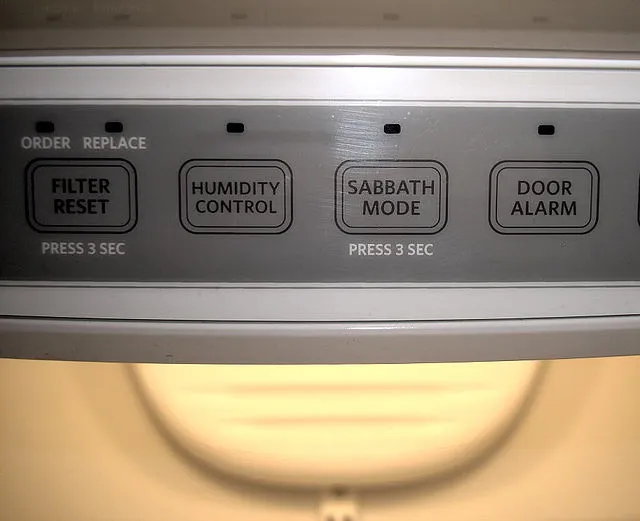 Westend61 on Wikimedia Commons
Westend61 on Wikimedia Commons
The ideal fridge temperature is between 35°F and 38°F. Warmer settings can cause spoilage, while colder settings may freeze items. Use a thermometer to maintain the right temperature.
7. Storing Cheese in Plastic
 Pixabay
Pixabay
When cheese is wrapped in plastic, it can’t breathe, and this trapped moisture encourages mold. Over time, instead of staying fresh and delicious, your cheese becomes slimy and develops an off taste.
8. Leaving Jars Unsealed
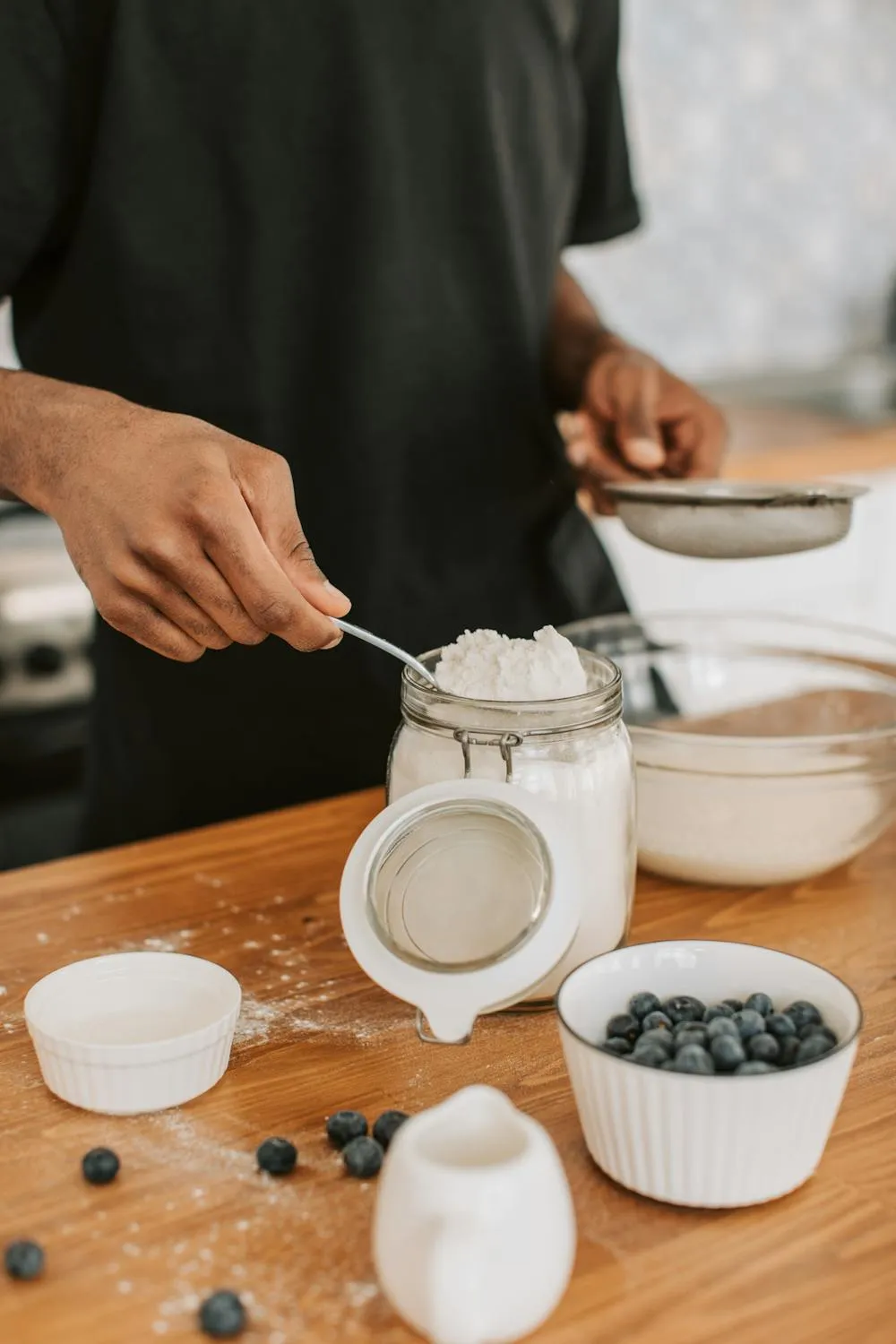 Vlada Karpovich on Pexels
Vlada Karpovich on Pexels
If you forget to seal jars fully, it leaves room for air and moisture to sneak in. It turns fresh ingredients stale or even moldy. Make a habit of double-checking jar lids. Those few extra seconds will keep your food fresher and stay longer.
9. Storing Eggs in the Fridge Door
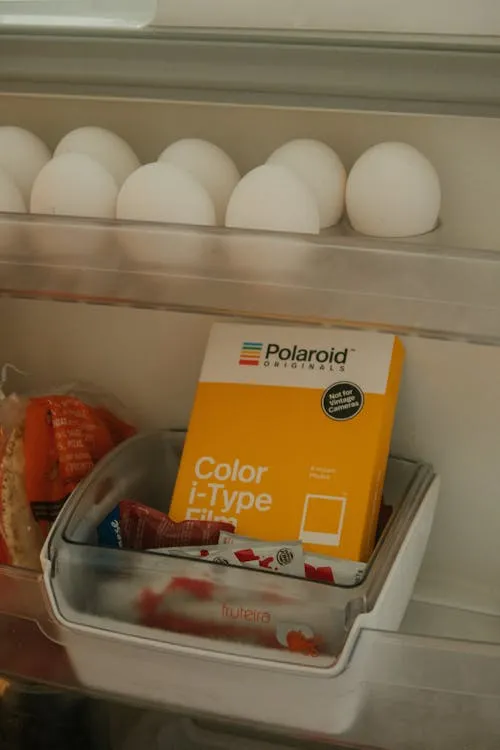 Athena Sandrini on Pexels
Athena Sandrini on Pexels
When eggs are stored in the fridge door, they’re constantly exposed to temperature changes each time the door opens and closes. This frequent action can cause eggs to spoil faster, weakening their protective shell.
10. Storing Potatoes in the Fridge
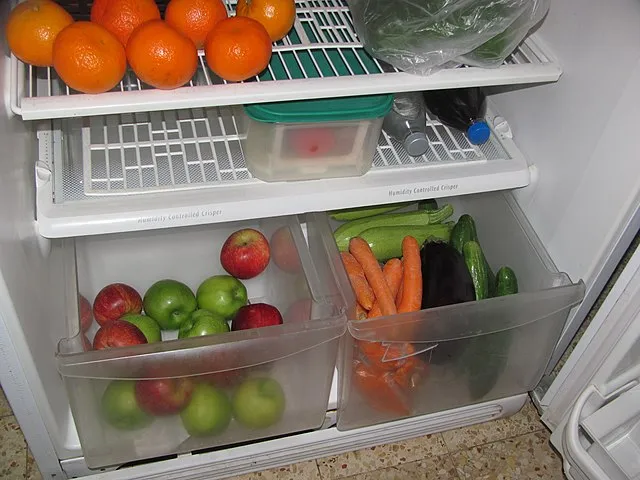 Yoninah on Wikimedia Commons
Yoninah on Wikimedia Commons
When potatoes are stored in the fridge, the starch converts to sugars, giving them an unpleasant sweet taste and a gritty texture. Potatoes need to be kept in a cool, dry place, like a pantry, to preserve their natural flavor and smooth texture.
With food storage covered, let’s move on to 10 simple organization tips for simplifying your kitchen and keeping things where you need them.
1. Label your Containers
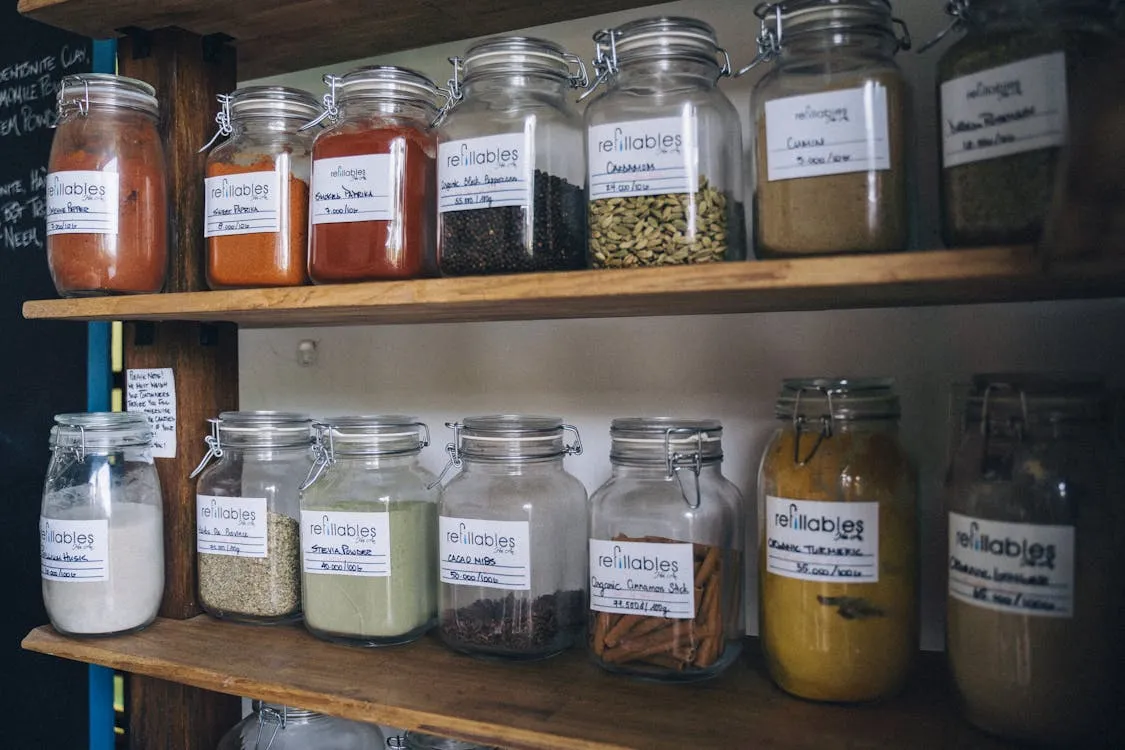 Anna Tarazevich on Pexels
Anna Tarazevich on Pexels
Labeling containers can help you remember their contents and expiration dates, reducing the chance of food waste in your kitchen. For easy updating, especially with the dates, you may use dry-erase markers on reusable containers.
2. Organize Pantry Shelves
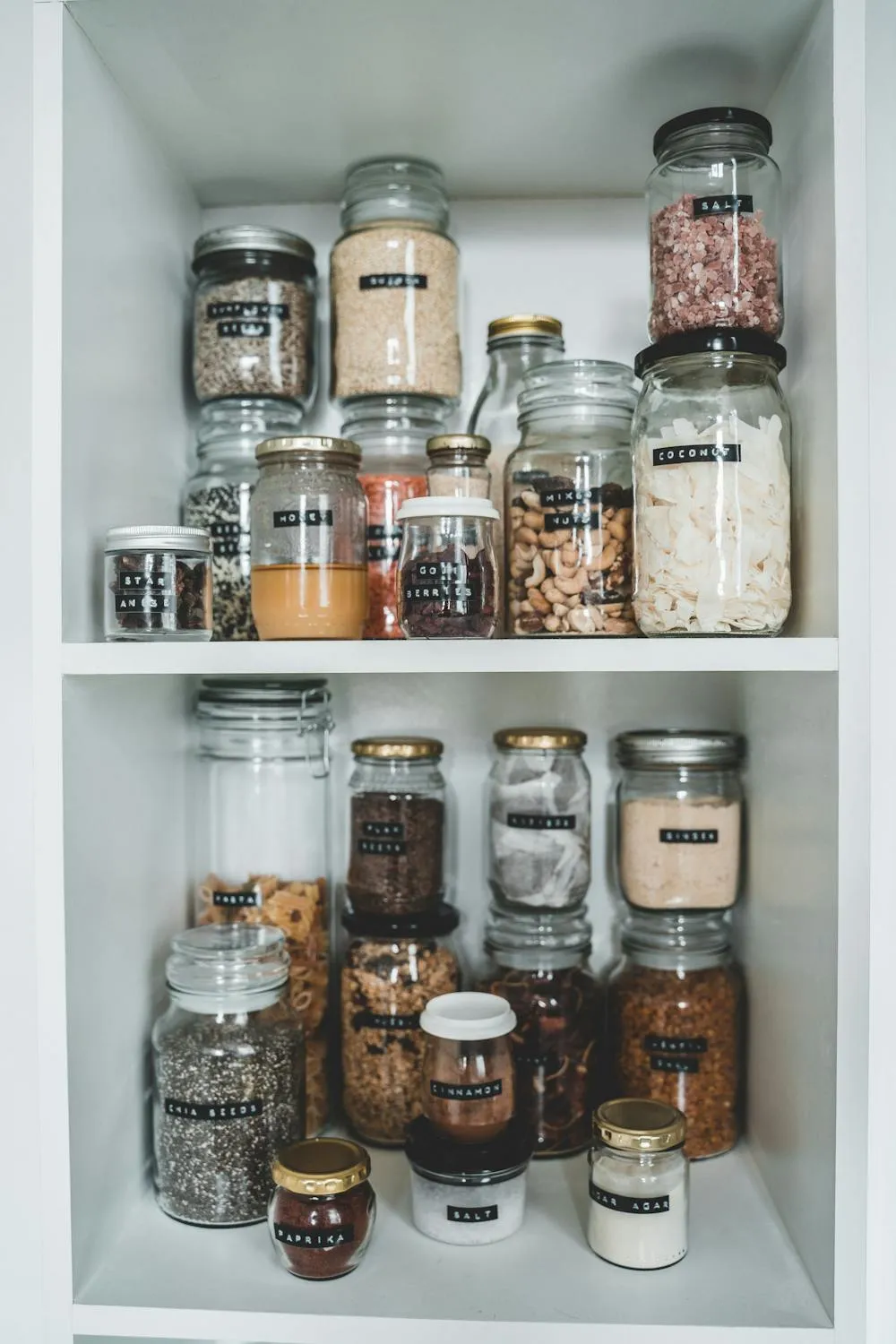 Taryn Elliott on Pexels
Taryn Elliott on Pexels
No matter the size of your pantry, organizing it can maximize every inch of kitchen space. Try arranging pantry shelves by categories like canned goods, grains, or spices. This setup simplifies meal prep and keeps items from getting lost in the back.
3. Utilize a Spice Rack
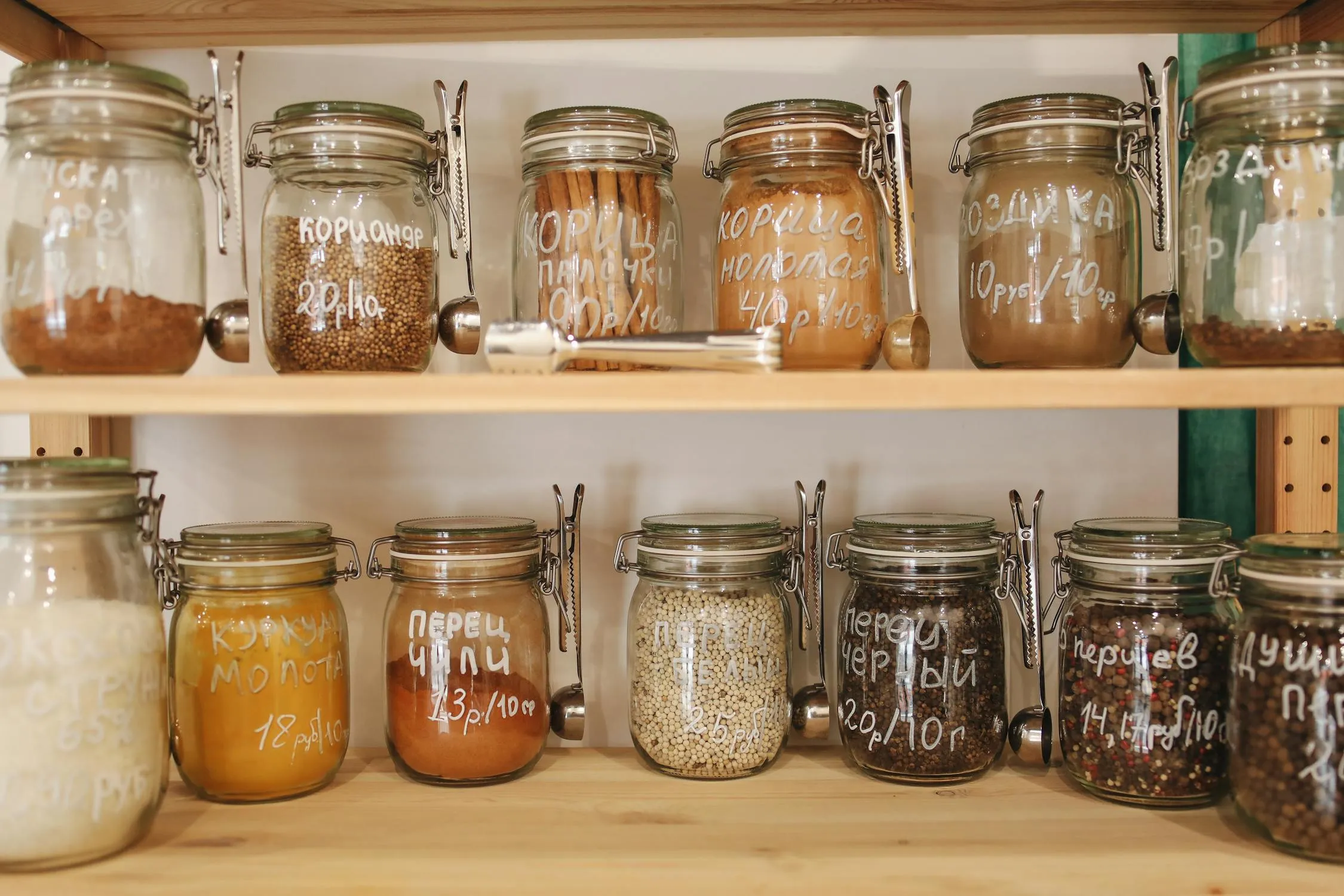 Polina Tankilevitch on Pexels
Polina Tankilevitch on Pexels
A spice rack makes it easy to find and reach spices, ensuring they’re used before losing potency. It also keeps the pantry and counters organized.
4. Use Drawer Dividers
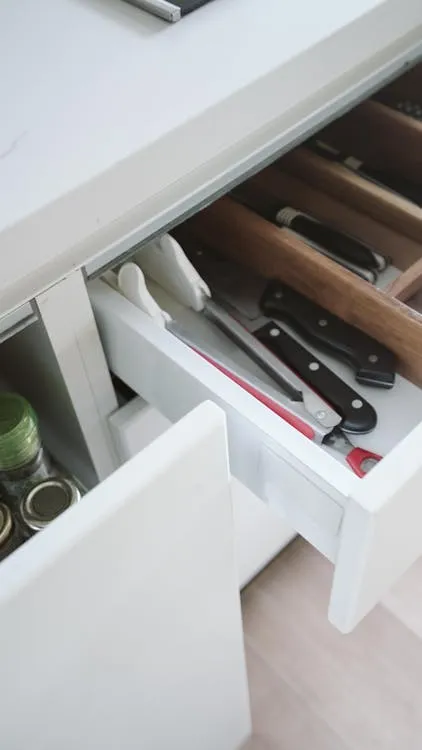 Anabella Castro on Pexels
Anabella Castro on Pexels
Modern kitchens usually have drawer dividers to prevent utensils from piling up and getting lost somewhere in the kitchen. This helps maintain an organized kitchen and easy access to commonly used tools.
5. Invest in Airtight Containers
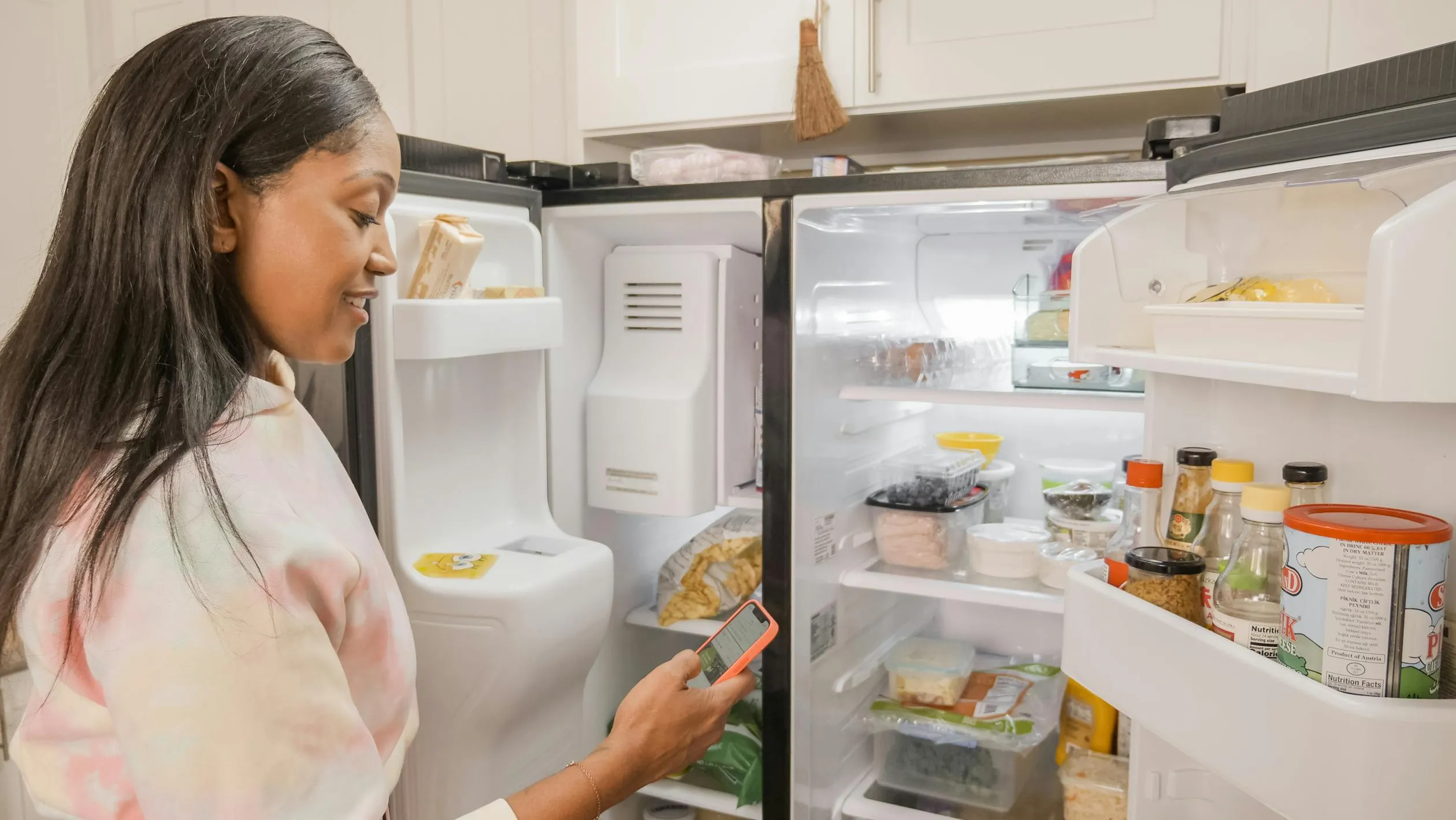 Kindel Media on Pexels
Kindel Media on Pexels
Airtight containers keep your ingredients fresh and prevent pest spoilage and infestations. They’re ideal for bulk items like grains and ensure your food stays safe and uncontaminated.
6. Use Stackable Bins
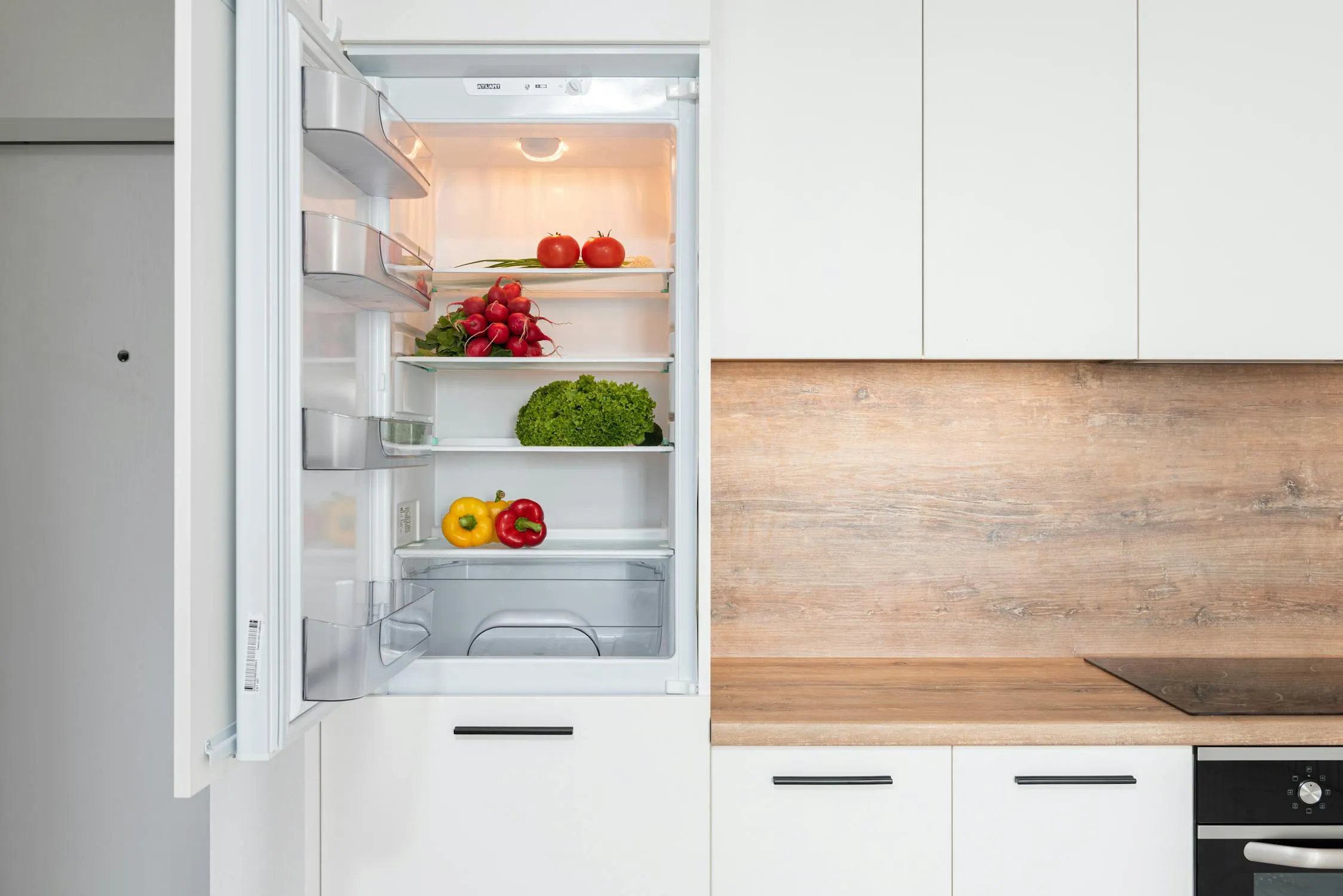 Max Vakhtbovycn on Pexels
Max Vakhtbovycn on Pexels
Stackable bins maximize space in the fridge or pantry. They’re perfect for small kitchens and keep everything accessible, from fresh produce to snacks.
7. Invest in a Label Maker
 Eva Bronzini on Pexels
Eva Bronzini on Pexels
Label makers provide a neat and professional look for storage. Use it to mark containers and shelves to make them easier to find when needed.
8. Use Reusable Storage Bags
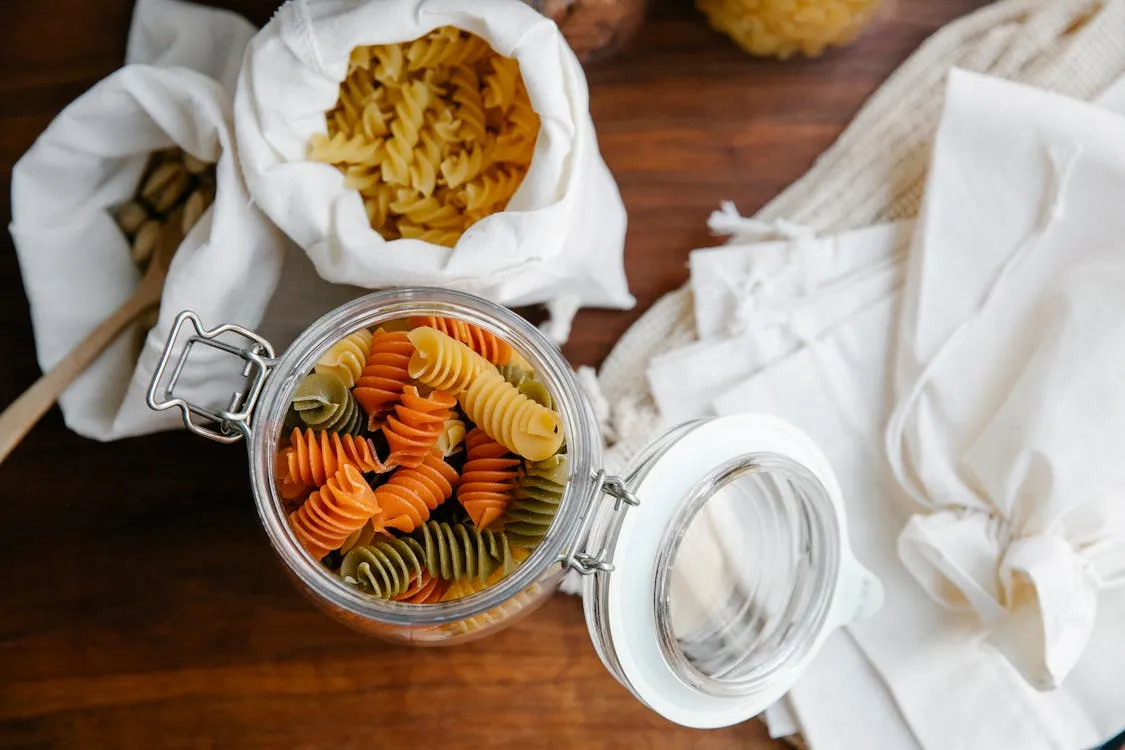 Sarah Chai on Pexels
Sarah Chai on Pexels
Replace single-use bags with reusable ones for storing snacks or produce. This will reduce waste and help keep your fridge and pantry organized.
9. Mount a Magnetic Strip for Knives
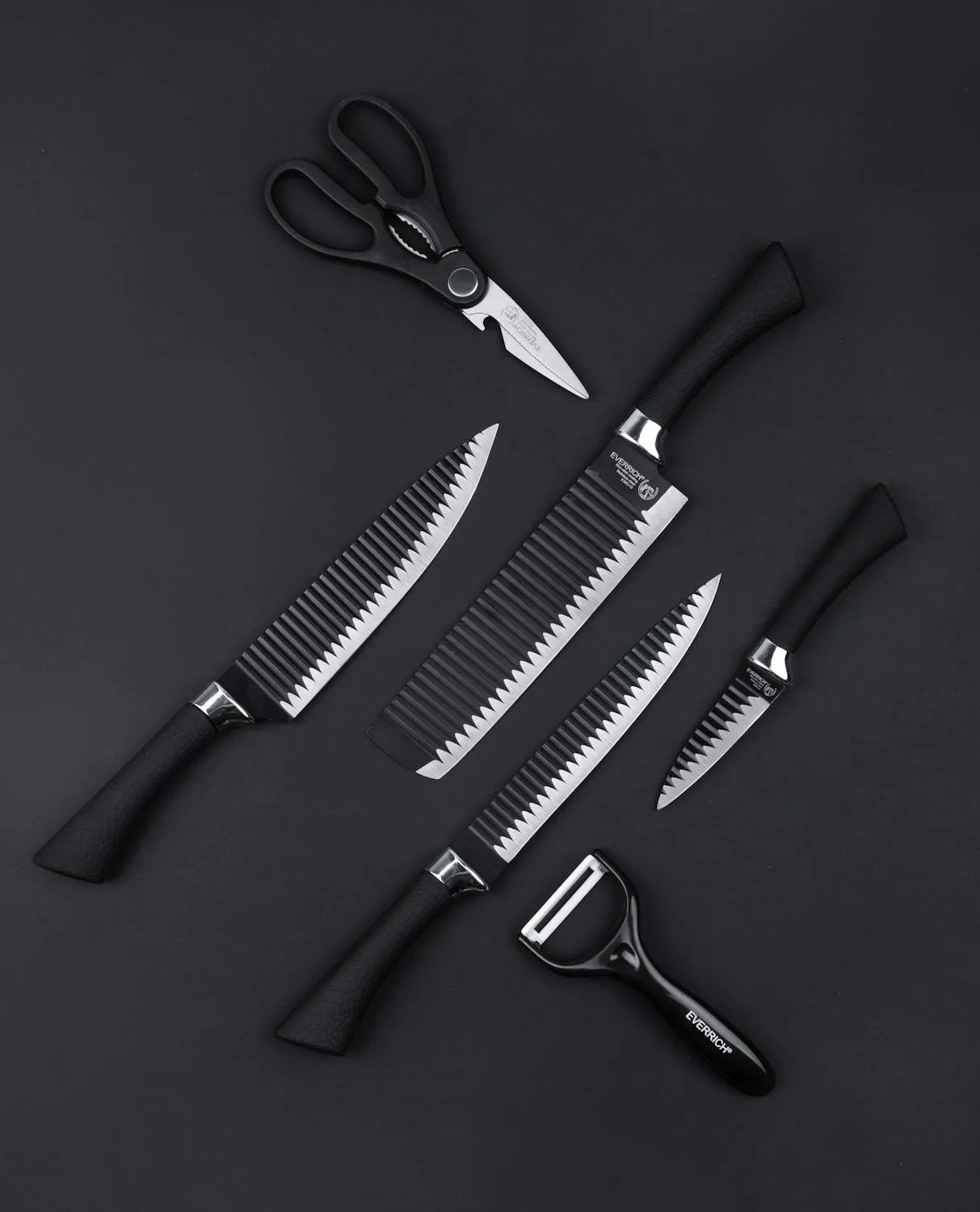 Dima Valkov on Pexels
Dima Valkov on Pexels
Free up drawer space and keep your set of knives easily accessible by using a magnetic strip. This solution also protects knife edges and keeps countertops clear.
10. Use Clear Bins in the Freezer
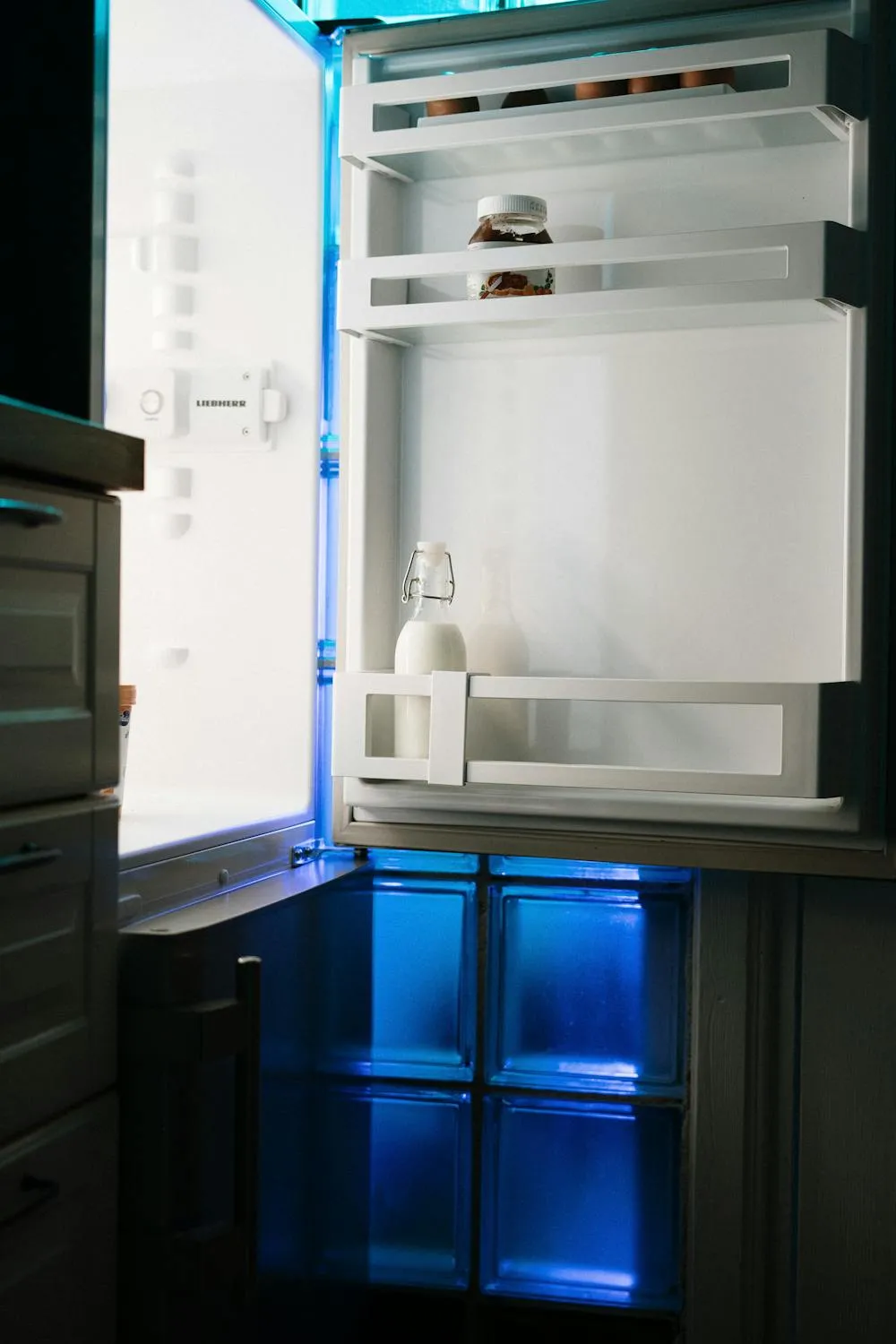 cottonbro studio on pexels
cottonbro studio on pexels
Clear bins help you see exactly what’s in your freezer, which helps reduce forgotten food. Group similar items together to maintain an organized, accessible freezer.